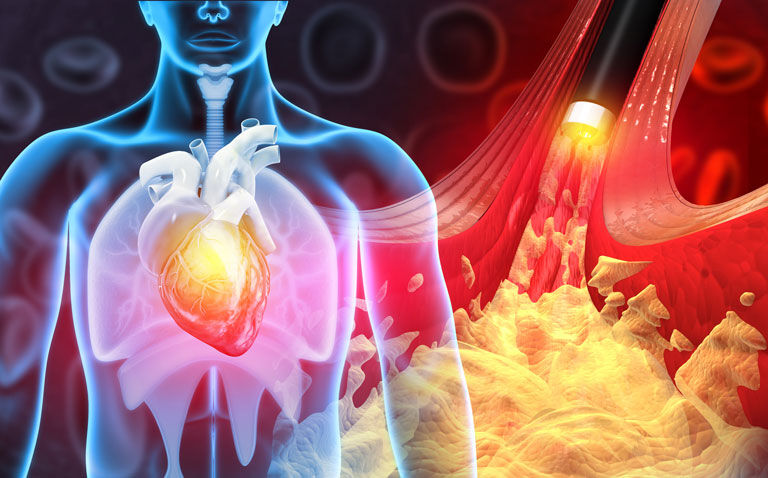Atherosclerotic and non-atherosclerotic cardiovascular disease (CVD) increase the risk of cancer developing at multiple sites
A heart healthy lifestyle reduces the risk of cancer which suggests that both conditions share risk factors. This relationship appears to be bi-directional such that cancer patients with CVD risk factors have an increased chance of an adverse cardiac event. Some evidence also points to atherosclerotic CVD itself being a risk for the development of cancer. However, whether all forms of CVD increase cancer risk and if there is a relationship with the cancer type remains unclear.
In the current study, researchers sought to investigate the association between both atherosclerotic and non-atherosclerotic cardiovascular disease with the development of cancer. In a retrospective examination of an insurance claims database, the team identified patients initially free from cancer. These individuals were then categorised as having either atherosclerotic cardiovascular disease or non-atherosclerotic disease. This latter group had for instance, valvular heart disease, arrhythmias or congenital heart disease. In their analysis, the researchers made adjustments for age, sex, diabetes, hypertension, chronic kidney disease and hyperlipidaemia.
CVD and cancer risk
There were a total 27,195,088 individuals with data for analysis. Those with CVD had a 12% higher risk of developing cancer than those without the disease. (Hazard ratio, HR = 1.12, 95% CI 1.11 – 1.13). This risk was elevated for both atherosclerotic disease (HR = 1.20) and non-atherosclerotic disease (HR = 1.11).
Both forms of cardiovascular disease also linked to a higher incidence of a number of cancers. For example, atherosclerotic cardiovascular disease increased the risk of lung cancer more than two-fold (HR = 2.78). But this was slightly lower for non-atherosclerotic CVD (HR = 1.73).
Citation
Bell CF et al. Risk of Cancer After Diagnosis of Cardiovascular Disease. J Am Coll Cardiol CardioOnc. 2023










